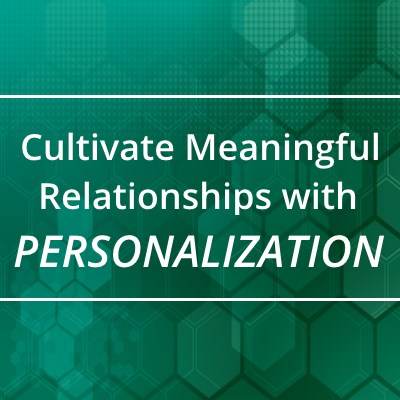Cultivate Meaningful Relationships with Personalization
| Written by
Elissa K. Miller |  Back
Back

While reading a recent job posting for a visitor services associate at a local museum, I was struck by the wide variety of job tasks expected of an entry-level team member:
- Operate the front desk
- Provide positive customer service experiences to both guests and facility rentals
- Provide general information about four different properties
- Offer concierge-like service downtown businesses
- Keep attendance records in the POS system
- Facilitate daily ticket sales
- Facilitate membership sales
- Actively promote and sell memberships to reach museum revenue goals
- Create meaningful connections and fulfilling experiences for guests
- Why an organization-wide strategy to build meaningful connections starts with understanding why your patrons are visiting.
- How meaningful metrics based on attendance, purchase history and engagement are the key to building stronger relationships.
- Why your message tone and content should be tailored to the different ways that different constituents are interacting with your organization
- Developing a top-level strategy to strengthen relationships through highly personalized messaging.
